French Herb Garden Design: French Herb Plants For The Garden
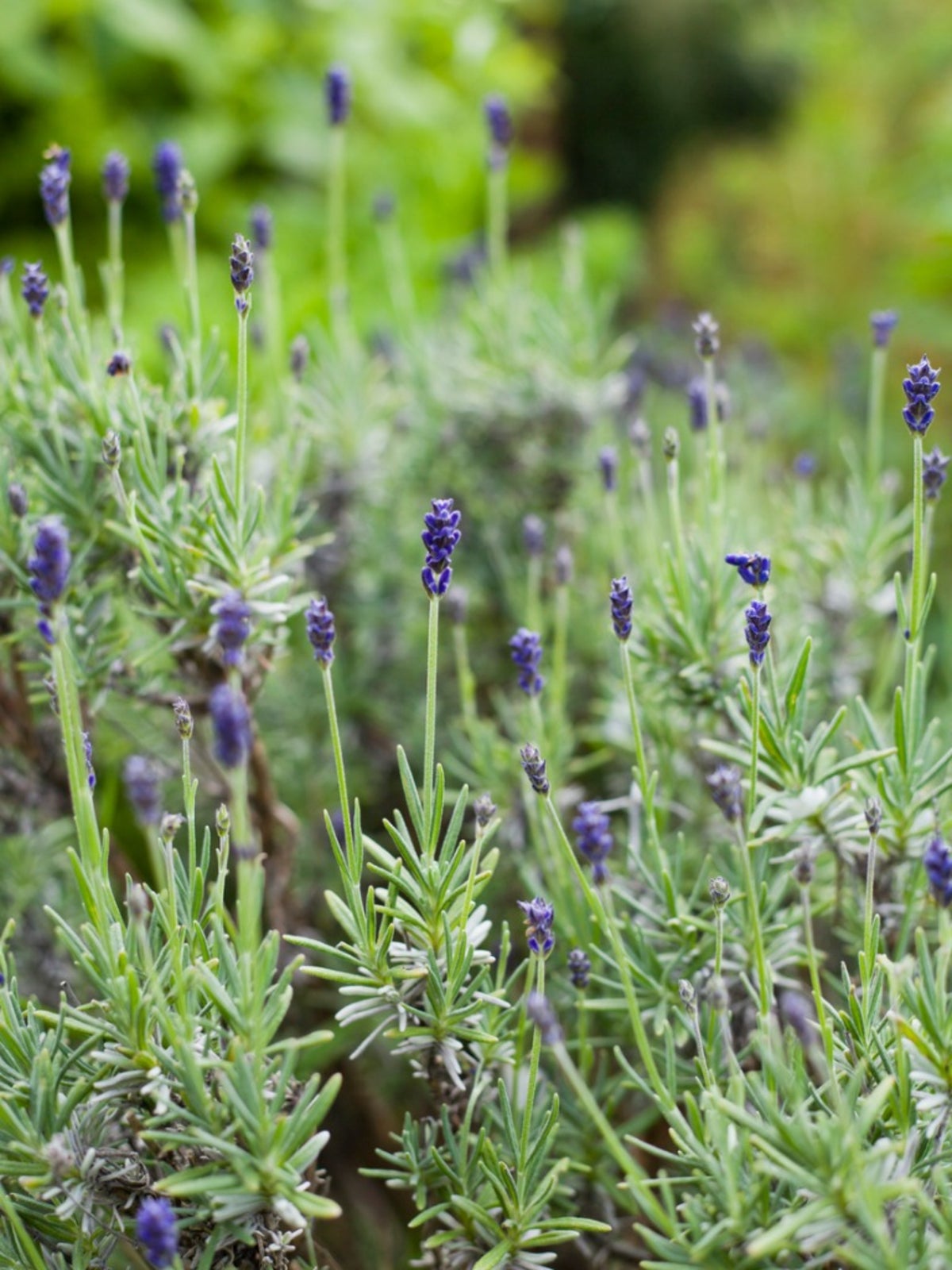
Do you love to cook French cuisine and long to have the fresh herbs on hand to create a Provencal masterpiece? Growing French herb plants in a true French herb garden design or “jardin potager” is really quite simple.
French Herb Varieties
The first things you will want to do are to look at a list and obtain the most common herb varieties necessary for replicating French dishes. Some “must-have” French herb plants include:
Bay leaf is also a nice addition to the French herb garden. Most of these herbs are native to the Mediterranean and are used in combinations to create three classic herb blends. It is a good idea to grow each combination of herbs in a group so they can easily be picked together for the blend.
- "Fines herbs" are a mix of parsley, chives, chervil, and tarragon and are delicious with fish, potatoes, vegetables, and eggs. This delicate mix is most often sprinkled on the food after cooking.
- Bouquet garni, a combination of two to three sprigs of thyme, parsley, tarragon, and a single bay leaf is tied up in cheesecloth to flavor soups and stews.
- Thyme, savory, rosemary, basil, marjoram, and lavender (with a few fennel seeds) work together to create Herbs de Provence, which is classically used to season meats, fish, and poultry.
How to Design a French Herb Garden
The potager, or kitchen garden, dates back to medieval times when nuns and monks grew combinations of herbs, flowers, and vegetables outside of the cooking area for use in foods or as medicine. Often these gardens were placed in geometric configuration and separated by color or shape. During the Renaissance, borders and the placement of decorative items, such as urns and fountains, were added to beautify the French herb garden. You may choose a classic French herb design that is geometric, as in a spiral; or since French herbs are fairly hearty, they can be grown in a window box or large pot on the veranda. Any of these will require a location with six to eight hours of sun per day and well-draining potting media. Ideally, situate the French herb garden near the kitchen or house for ease of use when cooking your French magnum opus. Because some herbs are perennial and some annual, mixing them together will add interest and keep the garden producing throughout various seasons. Basil and summer savory will die off with a frost. Rosemary is only hardy in USDA Plant Hardiness Zone 6 or higher. Parsley is a biennial, which dies after two years and yet it reseeds itself so readily that you will no doubt have an eternal supply. Low growing herbs such as tarragon, thyme, summer savory, and marjoram should be planted at the forefront of the garden so they do not get shaded from the sun. Lavender, rosemary, and winter savory are dense in growth and will do well as border plants. You will want to do a little individual research on each herb, as they all have slightly different requirements. Dig the soil down 6 to 8 inches (15 to 20.5 cm.) and amend with compost or peat moss, or in beds with light soil. The goal here is to create well-draining soil. Water as the soil becomes dried out a few inches (7.5 to 12.5 cm.) away from the plant to encourage the roots to search for water. Pinch flowers back on the French herb plants to encourage vigor, except the chive and lavender which can remain in bloom. Intersperse some annual color if you like within your French garden or embellish with a statue, benches, or another yard decor. Other natural touches, such as finial shrubs or low boxwood hedges, add additional beauty and bring attention to the garden.
Gardening tips, videos, info and more delivered right to your inbox!
Sign up for the Gardening Know How newsletter today and receive a free copy of our e-book "How to Grow Delicious Tomatoes".

Amy Grant has been gardening for 30 years and writing for 15. A professional chef and caterer, Amy's area of expertise is culinary gardening.
-
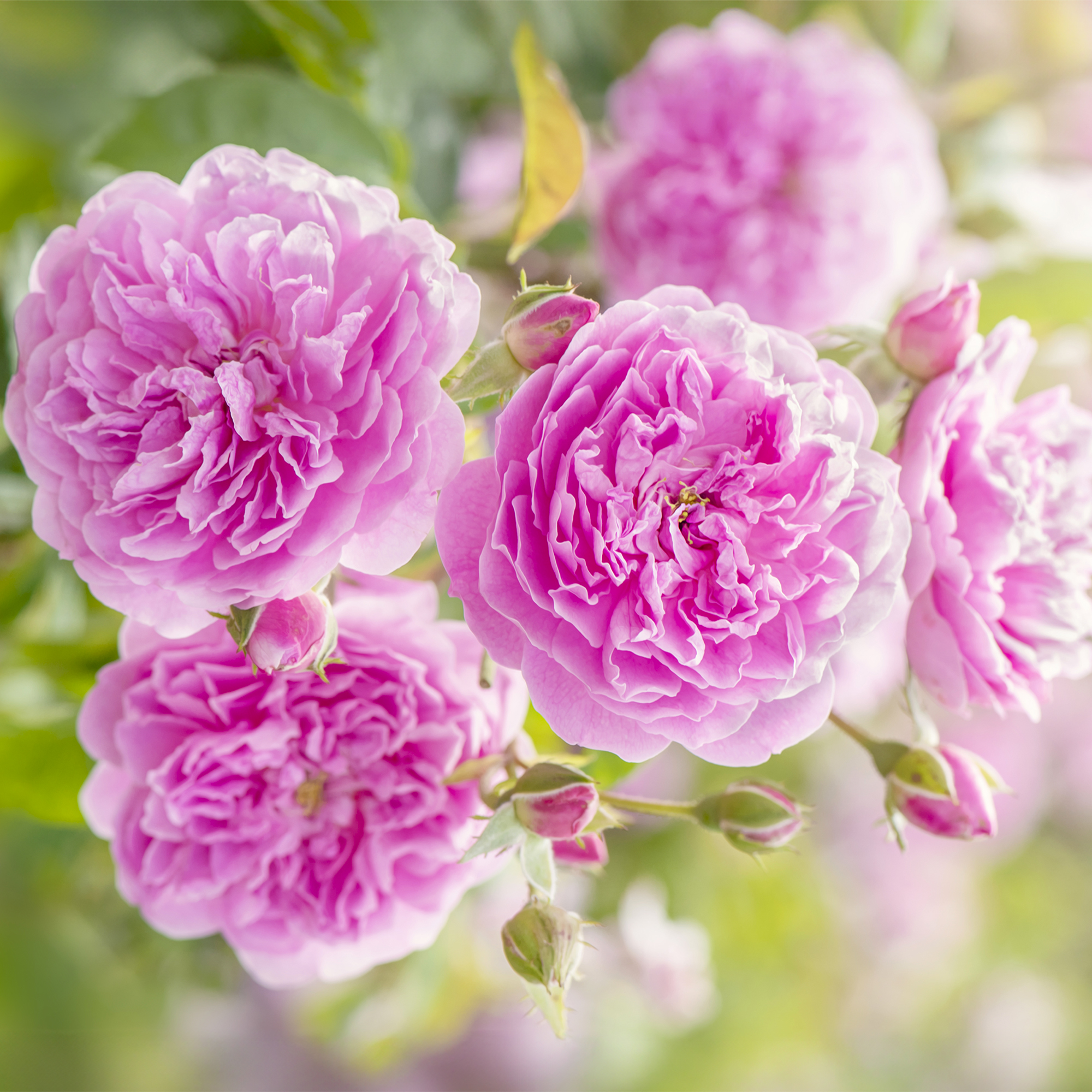 How Much Sun Do Roses Need To Grow? Understanding Rose Light Requirements
How Much Sun Do Roses Need To Grow? Understanding Rose Light RequirementsDiscover how much sunlight your roses really need to grow strong, bloom beautifully, and stay healthy all season long.
-
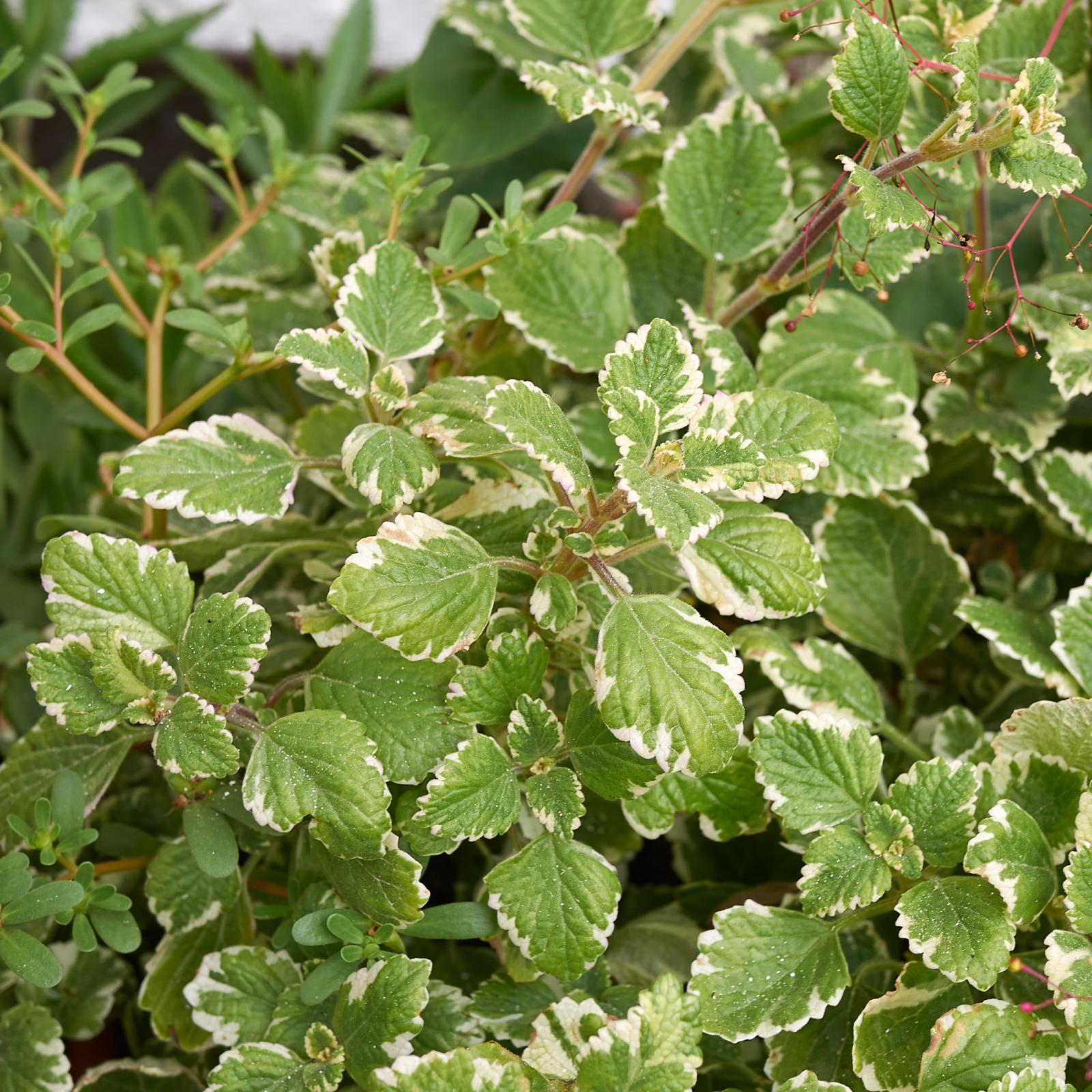 Which Ivy Is Best For A Garden? 7 Varieties Of Ivy To Grow (And 2 To Avoid)
Which Ivy Is Best For A Garden? 7 Varieties Of Ivy To Grow (And 2 To Avoid)Lots of varieties of ivy can complement your garden, provide groundcover, or create a private oasis, but which is best? Explore our top picks for beautiful ivy.
-
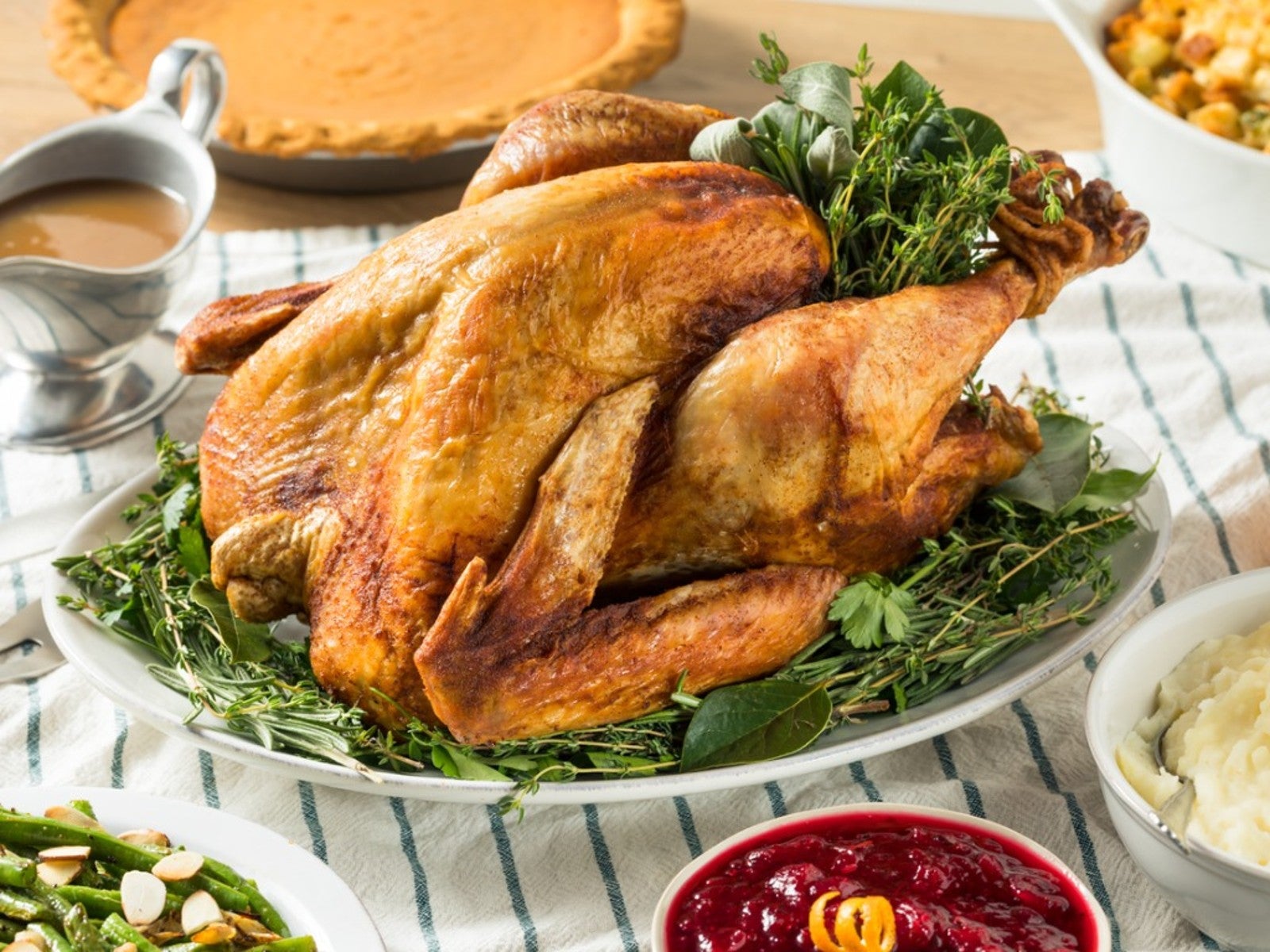 Grow Tasty Herbs For Roast Turkey In Your Garden
Grow Tasty Herbs For Roast Turkey In Your GardenCan you season your turkey with herbs you grow in your own garden? Yes! Click to learn more.
-
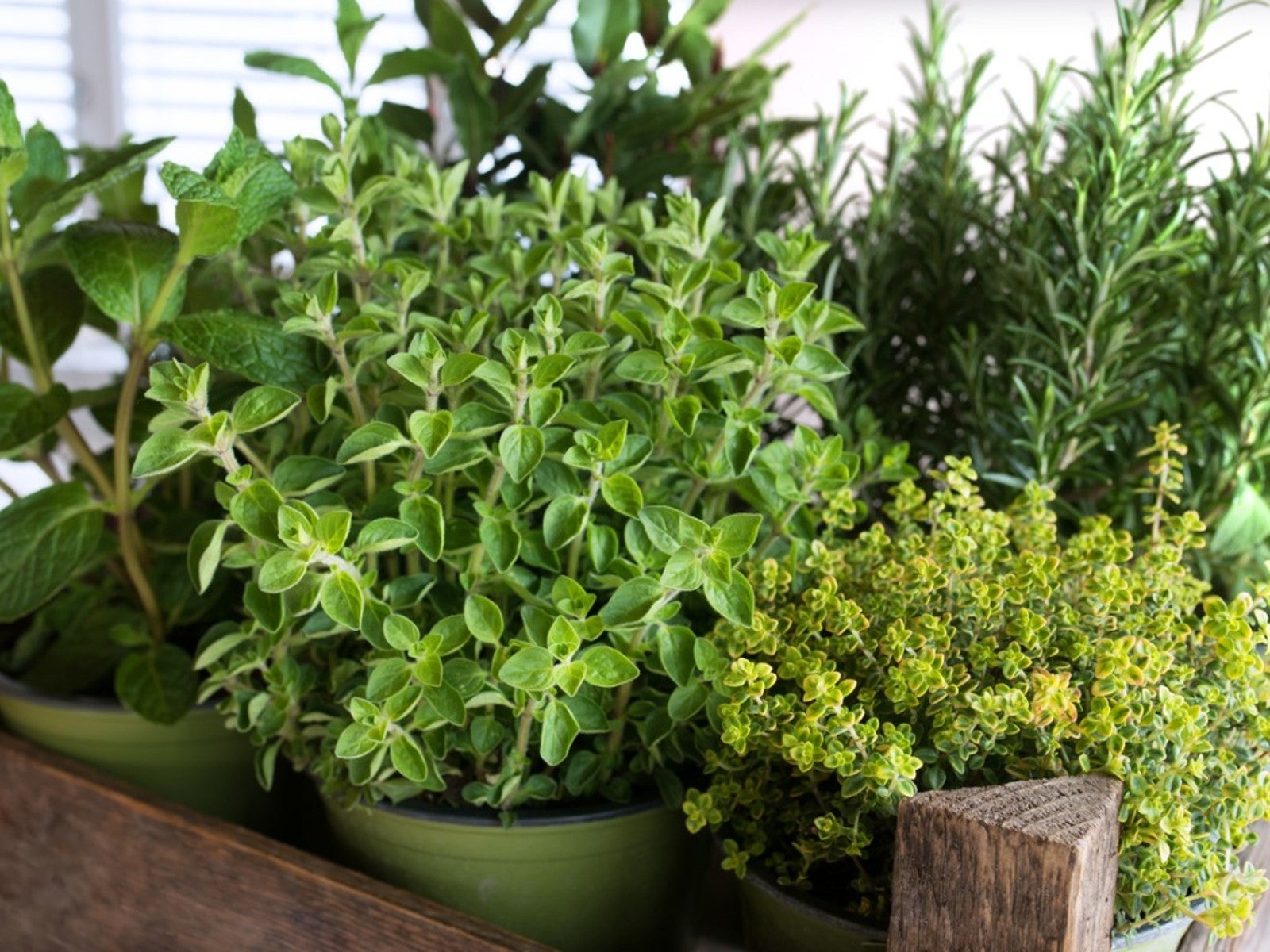 10 Easy Herbs For Beginners
10 Easy Herbs For BeginnersIf you’re new to herb growing, there are some perfect beginner herbs that are low maintenance and easy. Here are our top ten.
-
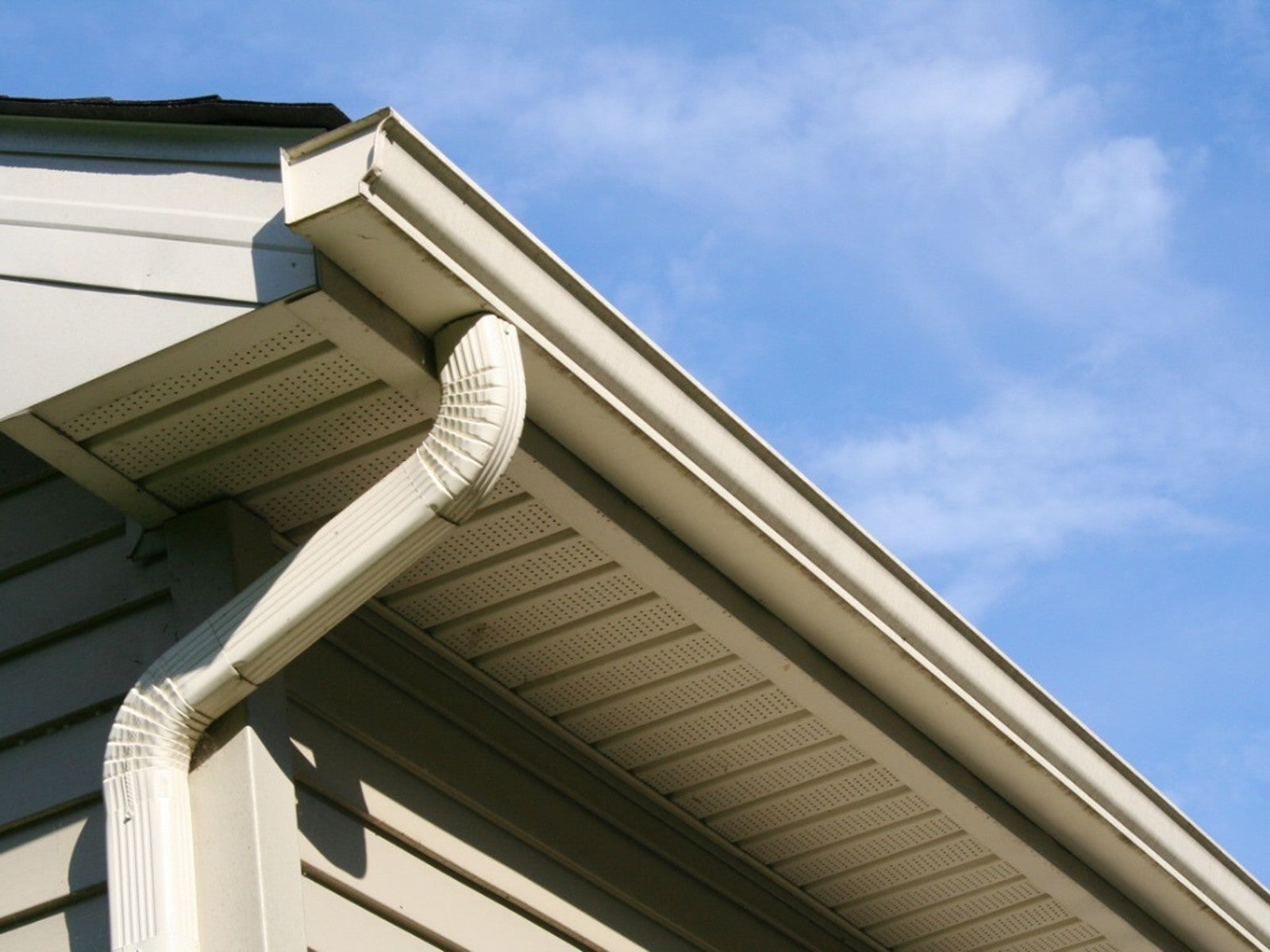 How To Make A Rain Gutter Herb Garden
How To Make A Rain Gutter Herb GardenOne really fun look outside the box is a hanging rain gutter herb garden. A gutter planter is a unique way to house and showcase plants.
-
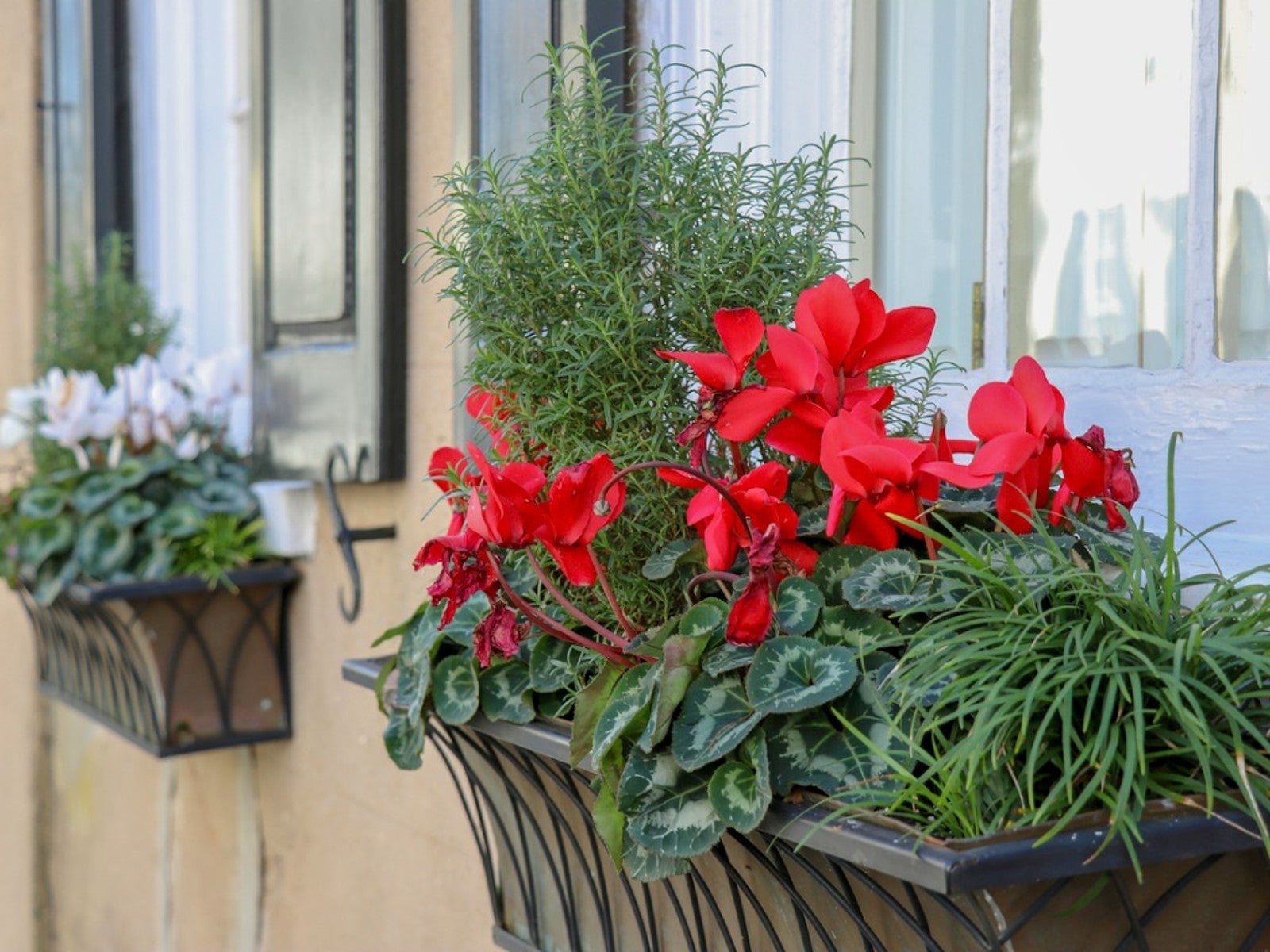 Grow A Beautiful, Edible Herb Window Box
Grow A Beautiful, Edible Herb Window BoxGrowing herbs in window boxes is a space-saving method for producing culinary ingredients for kitchen use. Click for more.
-
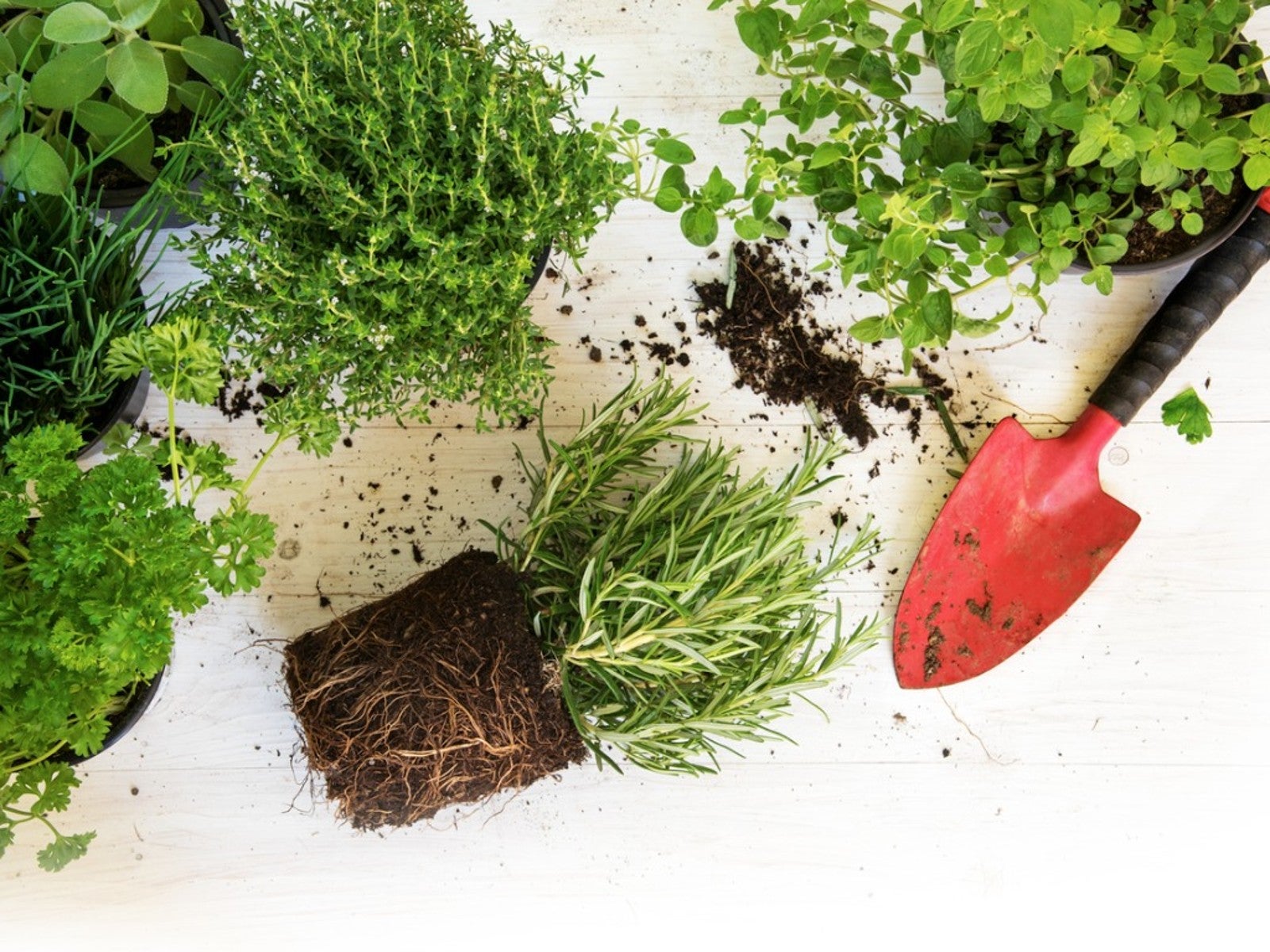 Best Herbs To Direct Sow Vs. Start Indoors
Best Herbs To Direct Sow Vs. Start IndoorsKnowing when to buy herb plants or start them from seeds or cuttings is essential to your success. Read on to learn more.
-
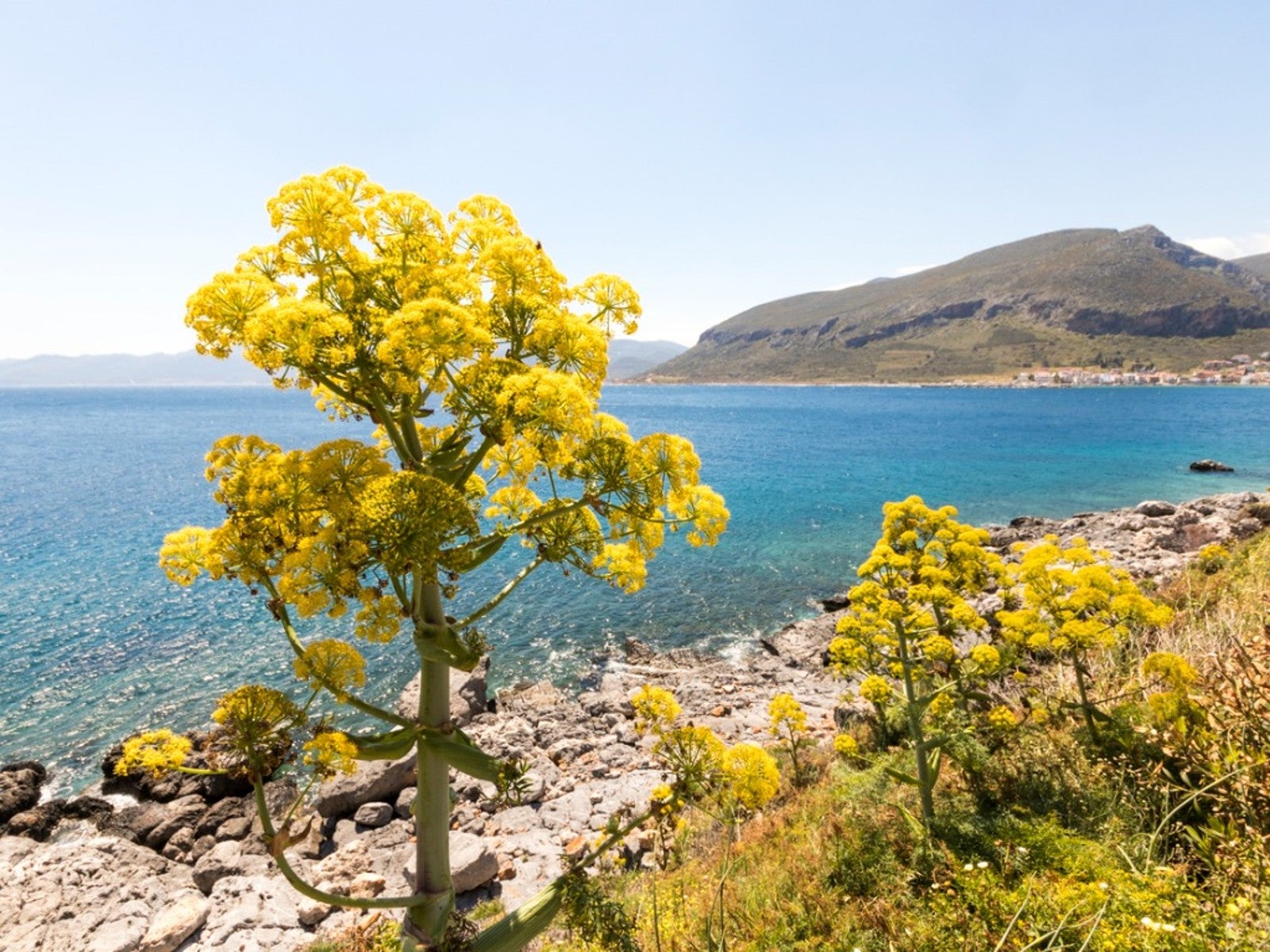 Learn About The Highly Prized Silphium Herb
Learn About The Highly Prized Silphium HerbWhat if there was a perfect plant? In ancient times such a treasure existed. It was the silphium plant.
-
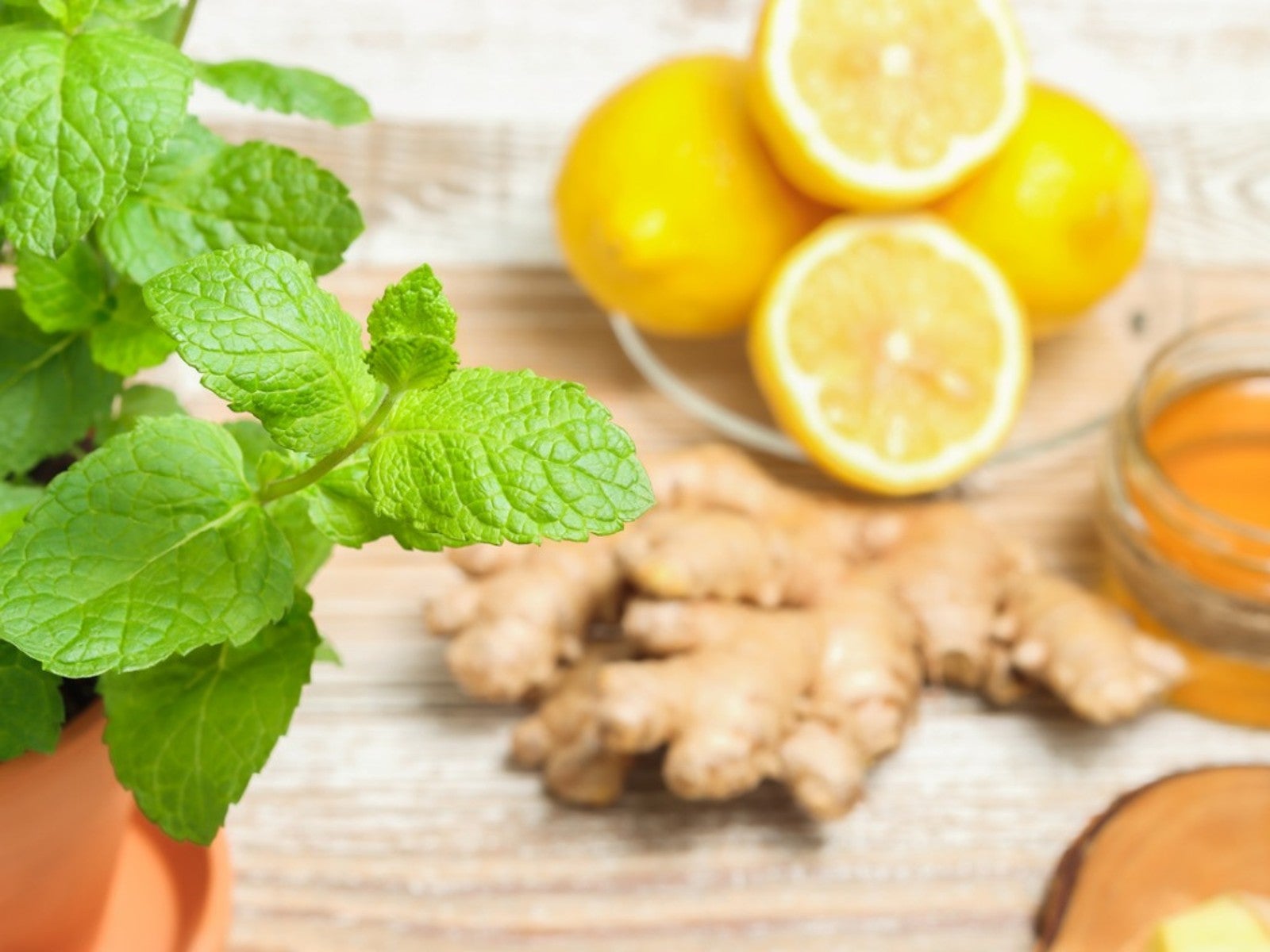 Grow Healing Herbs Indoors: Combat Winter Illness With A Medicinal Garden
Grow Healing Herbs Indoors: Combat Winter Illness With A Medicinal GardenIf you are growing medicinal plants at home, did you know you also can grow an indoor medicinal herb garden? Read on for more.
-
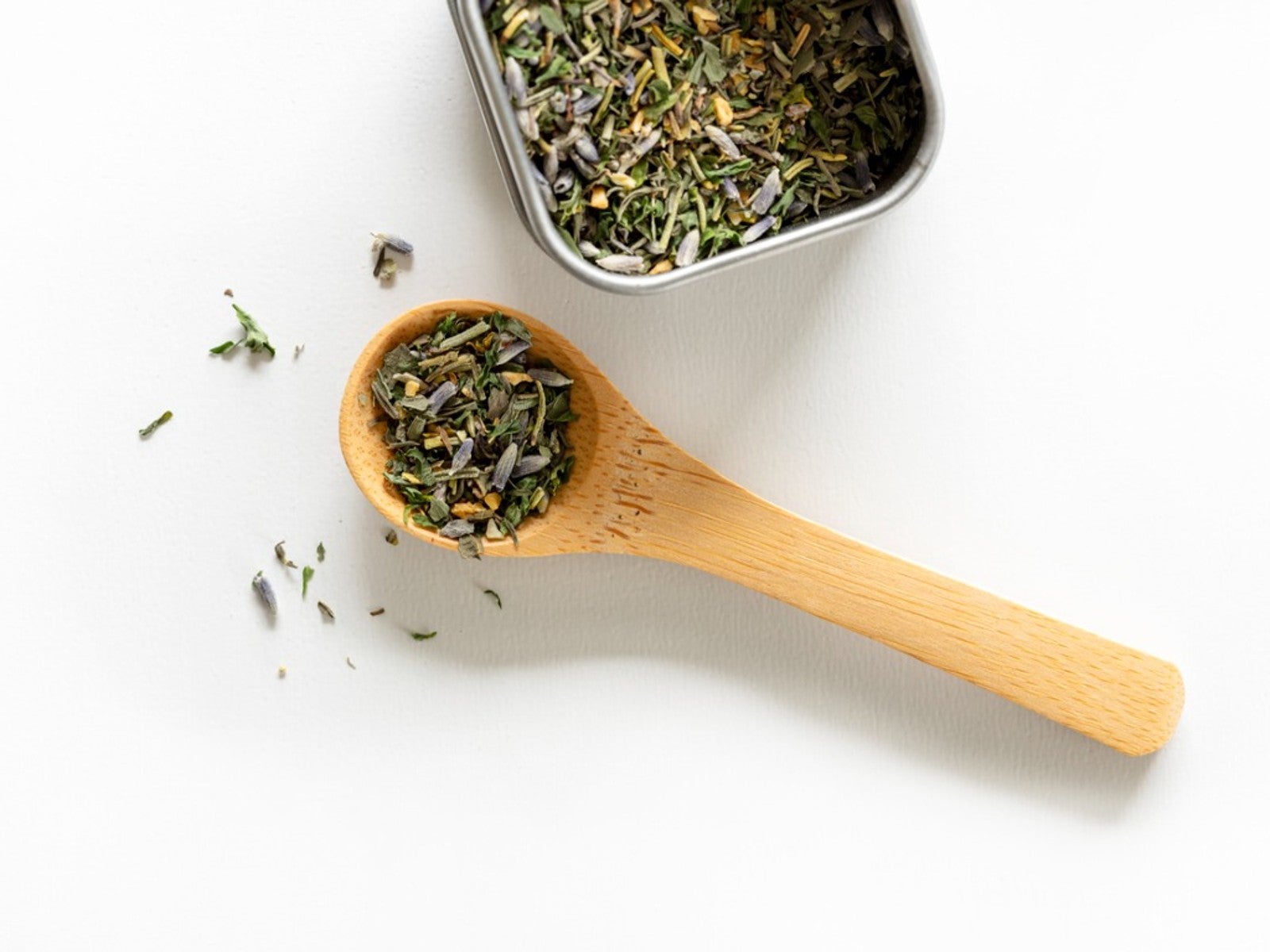 Grow Your Own Herbes De Provence - How To Grow, Dry, And Store Herbs
Grow Your Own Herbes De Provence - How To Grow, Dry, And Store HerbsHomemade gifts can add that special touch to any occasion, such as a jar of herbes de provence. Click here to learn how to grow and make your own for gifting.